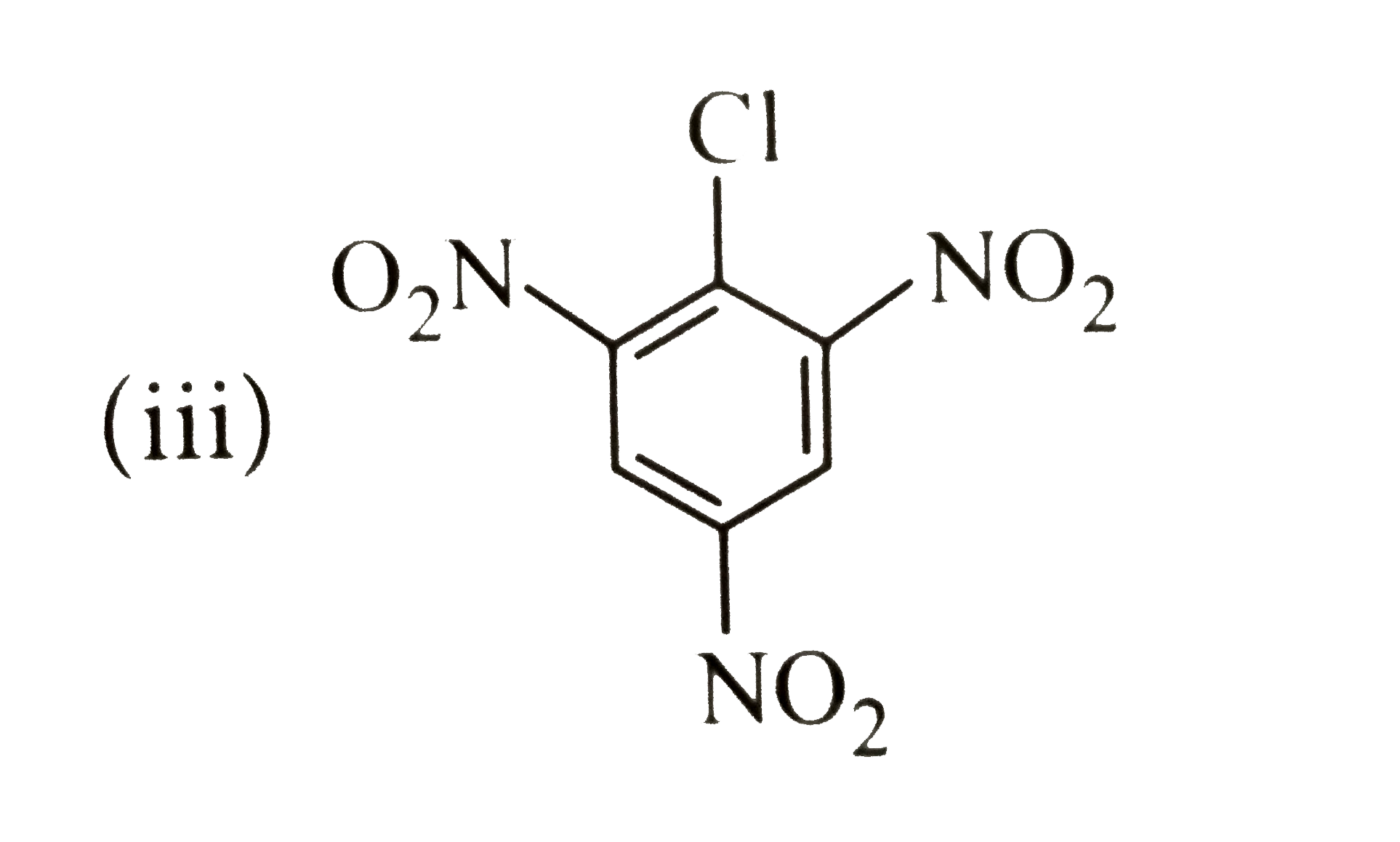How chlorobenzene can be converted into diphenyl.
To convert chlorobenzene into diphenyl, we can use a method known as the Wood's reaction. Here is a step-by-step breakdown of the process:
Step 1: Reactants Preparation
- Start with two moles of chlorobenzene (C6H5Cl). This is the starting material for the reaction.
Step 2: Sodium Addition
- Add sodium (Na) to the chlorobenzene. Sodium acts as a reducing agent in this reaction.
Step 3: Solvent Selection
- Use an ether as a solvent. Common choices include diethyl ether or tetrahydrofuran (THF). The ether solvent is crucial as it helps in dissolving the reactants and facilitates the reaction.
Step 4: Reaction Conditions
- Allow the reaction to proceed. The sodium will react with the chlorobenzene, leading to the formation of diphenyl (C6H5-C6H5) and sodium chloride (NaCl) as a byproduct.
Step 5: Product Formation
- After the reaction, two moles of NaCl are formed and the two phenyl groups from the chlorobenzene molecules will couple together to form diphenyl.
Overall Reaction
The overall reaction can be summarized as:
2C6H5Cl+2Naether−−−→C6H5−C6H5+2NaCl
Final Product
- The final product of this reaction is diphenyl (C12H10).
Summary
In summary, chlorobenzene can be converted into diphenyl through the Wood's reaction by using sodium in the presence of an ether solvent.
---
- Start with two moles of chlorobenzene (C6H5Cl). This is the starting material for the reaction.
- Add sodium (Na) to the chlorobenzene. Sodium acts as a reducing agent in this reaction.
- Use an ether as a solvent. Common choices include diethyl ether or tetrahydrofuran (THF). The ether solvent is crucial as it helps in dissolving the reactants and facilitates the reaction.
- Allow the reaction to proceed. The sodium will react with the chlorobenzene, leading to the formation of diphenyl (C6H5-C6H5) and sodium chloride (NaCl) as a byproduct.
- After the reaction, two moles of NaCl are formed and the two phenyl groups from the chlorobenzene molecules will couple together to form diphenyl.
The overall reaction can be summarized as:
2C6H5Cl+2Naether−−−→C6H5−C6H5+2NaCl
- The final product of this reaction is diphenyl (C12H10).
In summary, chlorobenzene can be converted into diphenyl through the Wood's reaction by using sodium in the presence of an ether solvent.
Topper's Solved these Questions
- HALOALKANES AND HALOARENES BOOK - ICSECHAPTER - HALOALKANES AND HALOARENES EXERCISE - ISC EXAMINATION QUESTIONS
4 Videos
- HALOALKANES AND HALOARENES BOOK - ICSECHAPTER - HALOALKANES AND HALOARENES EXERCISE - MULTIPLE CHOICE QUESTIONS
29 Videos
- HALOALKANES AND HALOARENES BOOK - ICSECHAPTER - HALOALKANES AND HALOARENES EXERCISE - EXERCISE (PART - II DESCRIPTIVE QUESTIONS) (SHORT ANSWER QUESTIONS)
94 Videos
- GENERAL PRINCIPLES AND PROCESSES OF ISOLATION OF ELEMENTS BOOK - ICSECHAPTER - GENERAL PRINCIPLES AND PROCESSES OF ISOLATION OF ELEMENTS EXERCISE - EXERCISE (PART-I ( OBJECTIVE QUESTIONS )) (Fill in the blanks)
60 Videos
- ISC QUESTION PAPERBOOK - ICSECHAPTER - ISC QUESTION PAPEREXERCISE - PART-II(SECTION-B)
74 Videos
Similar Questions
Knowledge Check
Acetone can be converted into pinacol by:
AMg/Hg/H2OBZn/Hg/HClCNa/Hg/H2SO4Dall of these
How chlorobenzene can be converted into benzoic acid.
View SolutionChlorobenzene can be converted into phenol by heating in aqueous sodium hydroxide solution at temperature of 623K and a pressure of 300atm. However the rate of reaction can be increased by presence of certain groups in benzene ring. What will be the order of reactivity of following compounds towards the above substitution reaction?


View SolutionHow fluoride can be converted to fluorine?
View SolutionNitrobenzene can be converted into hydraxobenzene by reduction with
View SolutionDesert can be converted into grassland by
View SolutionHow can propan-2-one be converted into tert-butyl alcohol ?
View SolutionToluene can be converted into benzaldehyde by oxidation with :
View Solution
